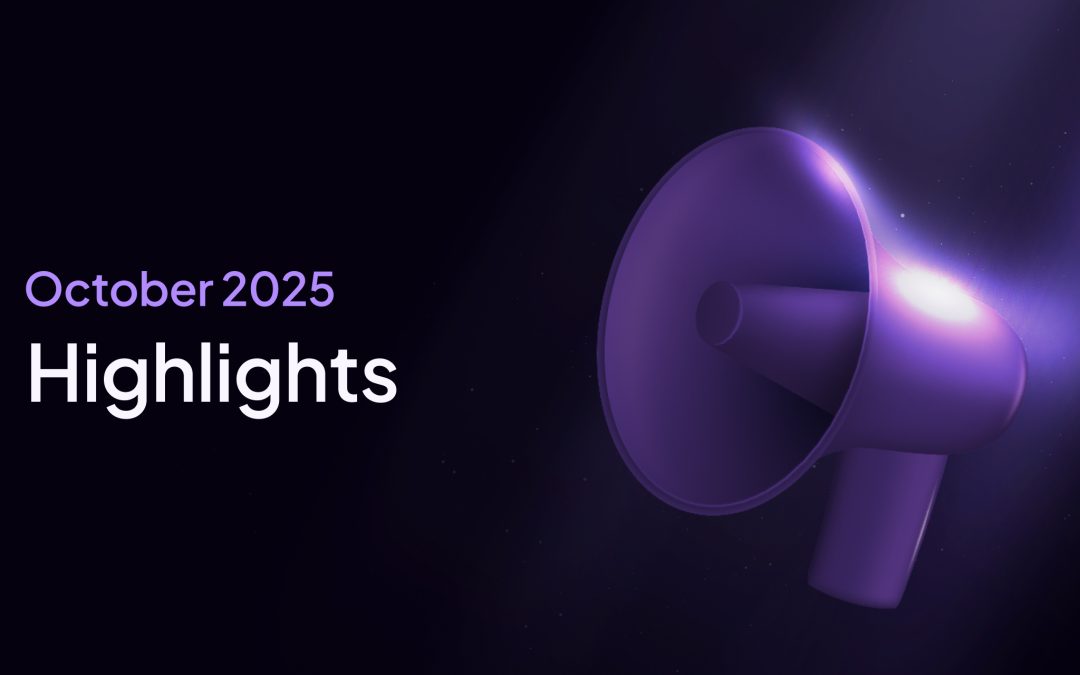The modern world of electronic trading platforms, prop firm software and a diverse range of traders using a variety of different strategies, data and technology at their disposal was built up piece by piece over the past few decades.
Since the launch of the Nasdaq in 1971, technology has shaped how people trade and engage
with the financial market as much as regulation and the assets available to trade have, and modern prop trading firms, even on a very small scale, will rely heavily on a wide range of technological solutions.
Whilst many of the lessons come from the technologies that have worked and made a big difference, some particularly powerful lessons have come from failed attempts at revolution, and in the UK, few failures have loomed so large and provided so much to learn from as TAURUS.
Considered to be the biggest disaster in the history of the London Stock Exchange, the £400m failed project had a lingering legacy, and so many of its failures have become important lessons not only for other stock exchanges but financial firms of all shapes and sizes.
The Pendant And The Bull
The story of TAURUS begins with TALISMAN, the LSE’s first attempt to set up a computerised stock transfer system and the circumstances that necessitated the sudden switch to an electronic trading floor.
In 1986, the financial markets were suddenly deregulated in a process that has since been dubbed the “Big Bang”.
The cause of this was the settlement of an antitrust lawsuit between the London Stock
Exchange and the UK government led by Margaret Thatcher in 1983, which led to a massive spike in market activity once the new regulations came into force.
In practice, they needed an efficient, computerised system to manage two of the main processes of the stock market.
The settlement process, where the transfer of money and shares is arranged electronically, was already implemented, removing the need to literally hand share certificates over when stock trading.
This was available through TALISMAN, albeit only between participating brokerages and typically settled in fortnightly batches.
Dealing, the other part of the process where brokers enter contracts to either buy or sell shares, was still undertaken through somewhat antiquated means, and the transition from the manual brokerage system to its settlement through TALISMAN was far from streamlined.
The proposed TAURUS project, therefore, would be a radical revolution of the stock market as it
existed at the time; paperless, faster, less risky and far more convenient. It would be the complete package that would bring the LSE into the 21st century.

What Went Wrong, Besides Everything?
What makes TAURUS such a fascinating case study is it is difficult to find something that went right and the list of what went wrong has a word count rivalling Bonfire of the Vanities.
Whilst the project took a total of ten years, in practice this was divided into two separate attempts, both of which had different approaches, plans and problems.
The first system would have developed a system reminiscent of the NASDAQ that involved the complete replacement of the then complex and traditional system of manual processes with a central database.
This electronic ledger would record and execute transactions without the need for traditional registrars or paper share certificates. These changes, in particular, would prove to be particularly unpopular with the very customers that were meant to benefit the most from the new system.
Individual traders at the time tended to prefer holding onto their physical shares and working with registrars, who saw the entire system as an existential threat to their business and were vehemently opposed.
This became an even bigger issue when there was a dispute between the LSE and the Department of Trade and Industry on whether TAURUS should be a legal requirement or a voluntary system.
This meant that the system had to be more efficient yet make room for inefficiencies, increasing the scope of the project and reintroducing inefficiency to stop people complaining.
These changes then had a knock-on effect on the plan to move to a three-day rolling settlement system, and a growing number of stakeholders tried to contribute. This led to seventeen proposed systems that the TAURUS project somehow tried to meld together.
By 1989, it was clear that the original project would be impossible to achieve either technologically or systemically, and so a revised design was set up to try and make everyone happy.
The planned result was a modified existing electronic trading system bought from an American technology firm but subsequently modified to meet UK regulatory requirements.
The system used a hub-and-spoke approach to ensure that the registrars would still have a fundamental part in the new system, keeping stakeholders happy but increasing the complexity even more, especially since there was nobody to take ownership and a leading role in the project.
The modifications would ultimately prove to be the project’s undoing; once all of the stakeholders had proposed changes, it turned out that only 30 per cent of the original system was fit for purpose, meaning that the rest would need to be modified at considerable expense.
This led to additional cost overruns and delays until the project was abandoned entirely in 1993, with £400m worth of investment going to waste, counting all of the stakeholders who had developed systems to complement TAURUS.
Ultimately, the biggest issue and the one that would lead to the most harm as a whole was an
inability to set clear, cohesive goals for the software. This inevitably led to scope creep and constant disagreements about the purpose of the system to the point that at times it appeared to be designed by a committee.
It also highlighted the importance of knowing when you need a tailored solution; whilst some prop firms can use standard tools, others need a more tailored approach due to the requirements of their business, and the same was true with the LSE.
Finally, the decision to keep going with a project that was fundamentally not working only magnified the costs.









